Flaring your own brake lines seems like a simple task, but looks can be deceiving. Plenty of otherwise simple brake jobs have left DIYers frustrated thanks to brake line flaring attempts gone wrong. There’s little margin for error, turning an otherwise simple technique into a frustrating experience.
Getting those flares right is crucial for a perfect brake line installation, as well as preventing catastrophic failures later on. The following tips and tricks will help you make those perfect flares, whether you need a single flare, a double flare or bubble flare.
1. Choose Your Flaring Tools Carefully
The foundation of a successful flare lies with having the right tools. However, finding the right tool can be confusion thanks to the wide variety of tools available. These range from inexpensive manual flaring kits to hydraulic kits that offer quick, professional flares but cost hundreds of dollars. Leveraged manual flaring tools strike an ideal compromise between the two, using a swing-arm and pre-made dies to form flares faster than manual kits.
Choose your flaring kit based on the type of brake line you’re working with. Copper-nickel lines are much softer and more flexible than steel lines, making any manual or leveraged flaring tool appropriate for use. Stainless steel lines are significantly harder to work with, making hydraulic equipment essential for good results.
2. Use the Right Tool to Cut Your Brake Lines
Using the wrong tool to cut your brake lines to the correct length can have disastrous consequences later on. Hacksaws and cut-off grinders seem convenient to use, but you’ll risk making uneven cuts that eventually result in lop-sided flares. Professional tubing cutters get the job done faster and with better precision, ensuring consistent cuts that produce high-quality flares.
3. Watch Out for Burrs
Cutting through brake lines often leaves behind microscopic burrs and other cutting debris on the surface edge. You might not notice them at first, but these burrs can make it harder to properly form flares that fit flush with their mated connections. Even brand-new brake lines can have burrs that need removal prior to forming your flares.
Once you have your lines cut to the correct length, use a file to knock down and smooth out burrs and other imperfections. Don’t forget to clear the line with compressed air or a proper aerosol cleaner to prevent debris from settling within the line itself.
4. Add Spray Lube for Easier Flaring
If you’re having trouble getting the perfect flare with your brake flare tool, add a small amount of lubricant to the end of the brake line. Adding lubricant will help reduce friction between the tool and the brake line, making it easier to form your desired flares. Make sure to clean the end of the brake line after flaring to prevent possible contamination once you install your brake line.
5. Practice Makes Perfect
Don’t be afraid to practice your flaring techniques using small pieces of brake line. The more you practice with the right tools, the faster and easier it’ll be to create the perfect brake line flare.
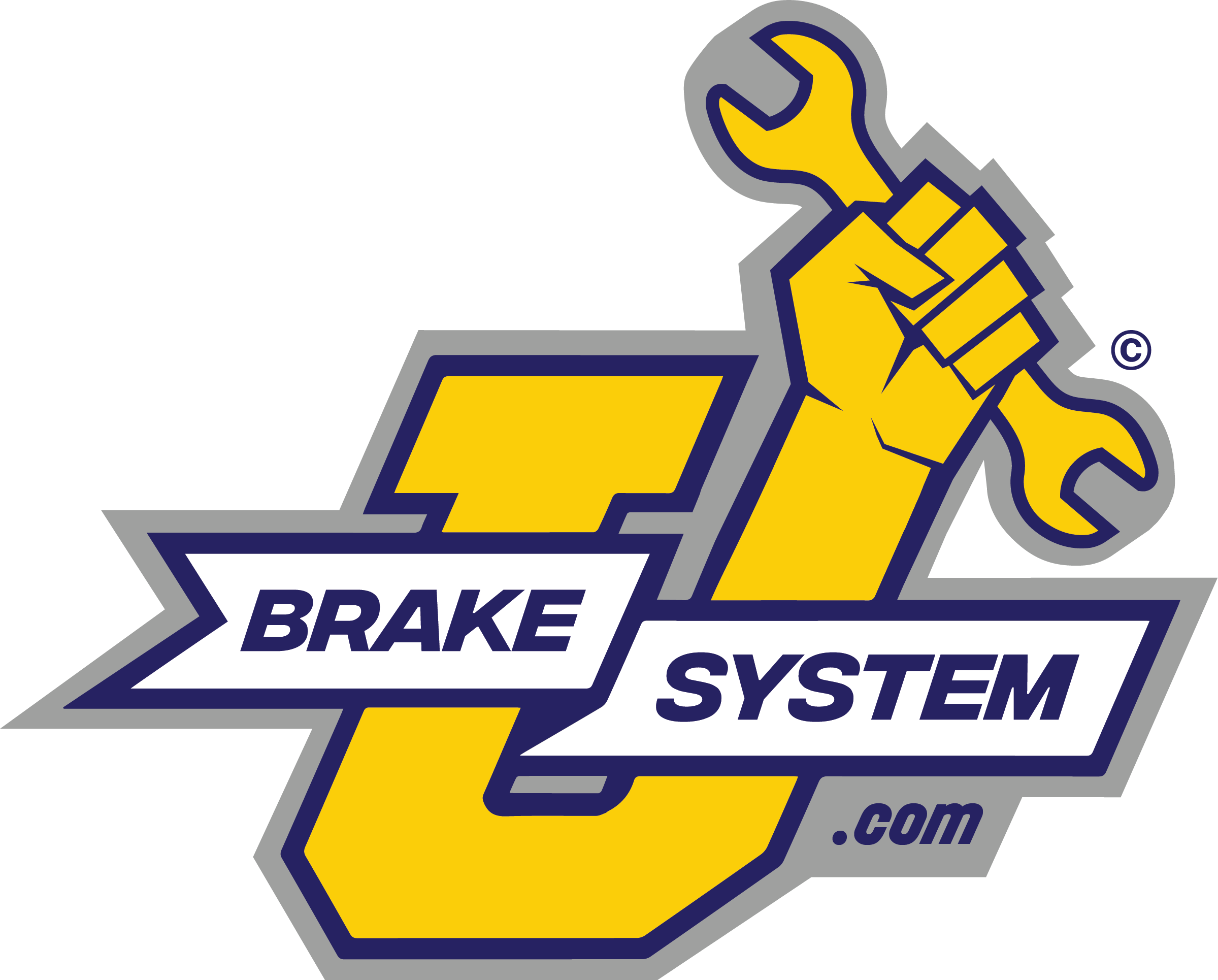
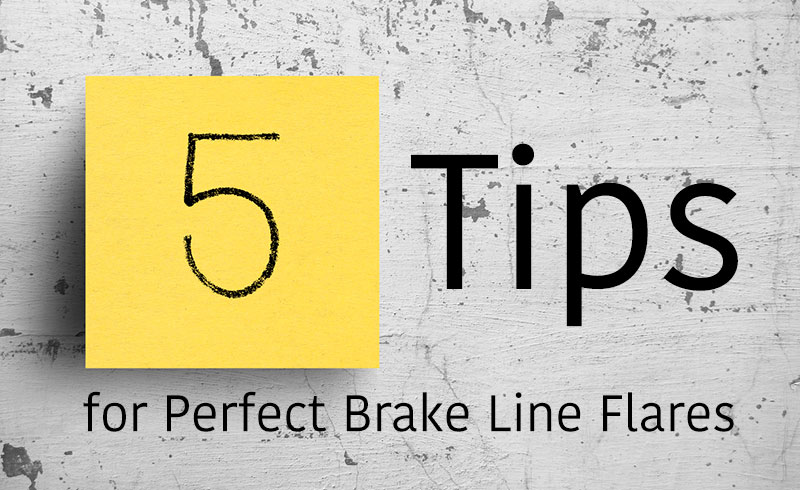
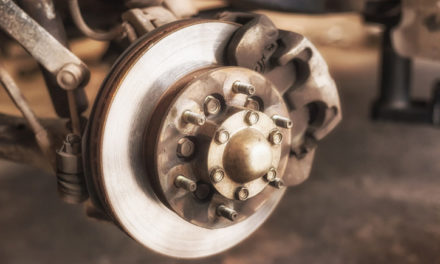
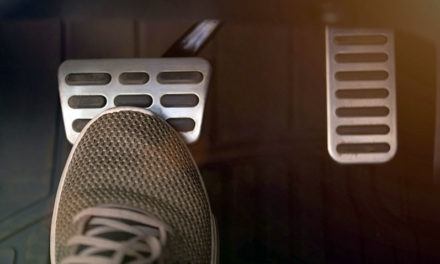

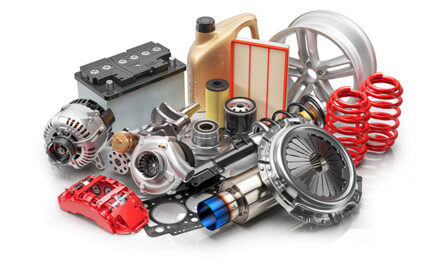





thanks for your reviews..very helpfull your reviews”